Clayton Bailey's World of Wonders Reimagined

World of Wonders
Polsky Building
225 S Main St
Akron, OH 44308
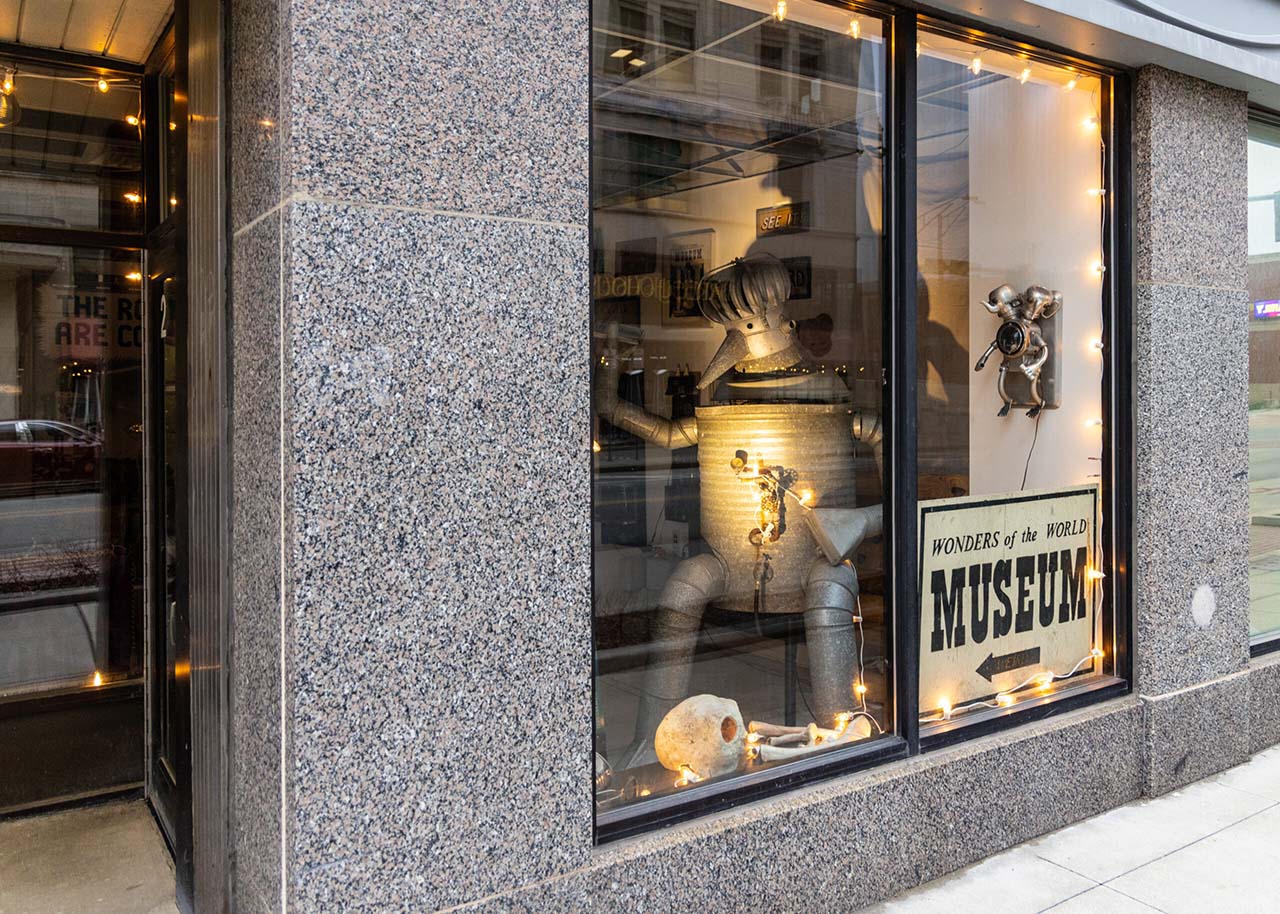
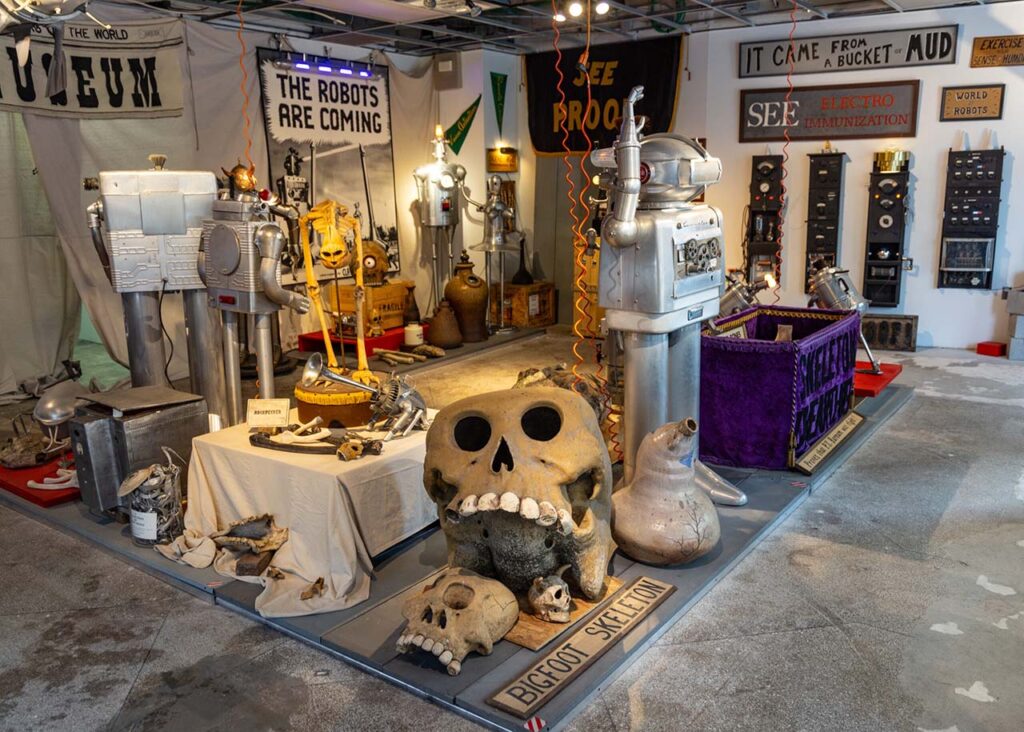
In 2021, Curated Storefront

World of Wonders
Polsky Building
225 S Main St
Akron, OH 44308


In 2021, Curated Storefront
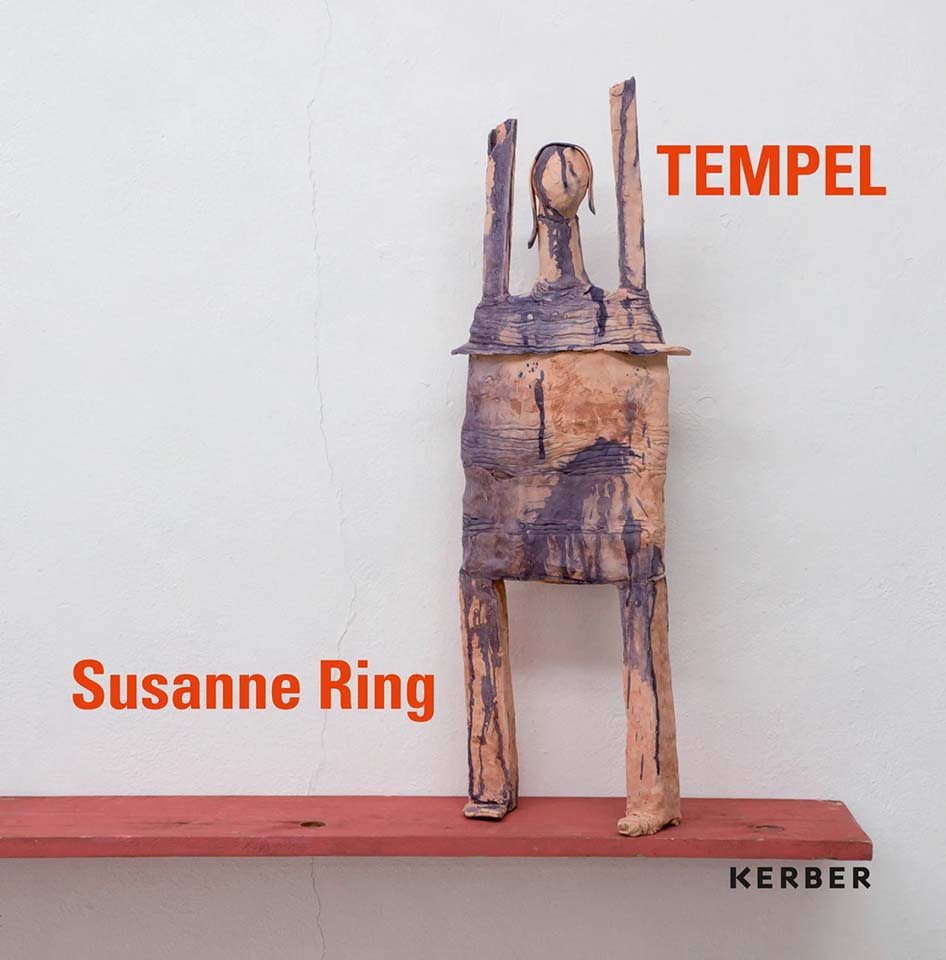
TEMPEL | Susanne Ring Published by Kerber October 2024 | € 35.00
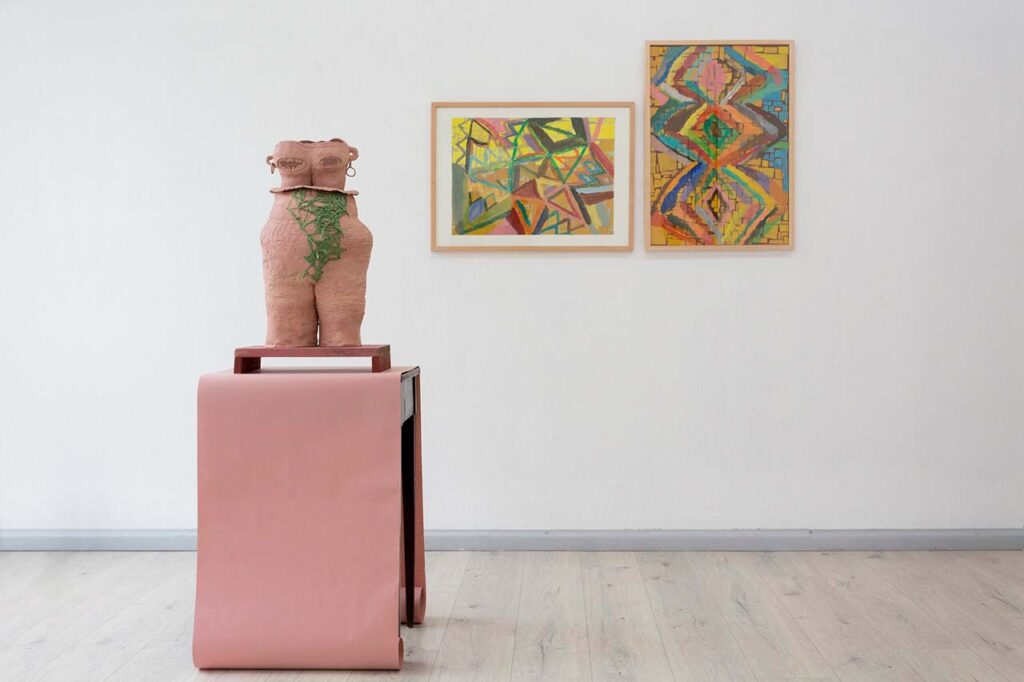
With the release of her book TEMPEL, artist Susanne Ring (b.

New Art Dealers Alliance
601 W 26th St
New York, NY
From May 7 to 11, the New Art Dealers Alliance (NADA) returned to New York for its eleventh edition, transforming the Starrett-Lehigh Building into a sprawling survey of contemporary…
In a Dutch underground bunker-turned-residency, a painter—Jonat Deelstra—is in the studio when his photographer friend arrives carrying several bags of wet clay. Like a child first encountering the soft, amorphous material, Deelstra’s sensorial curiosity takes over. Instinctively molding the unfamiliar
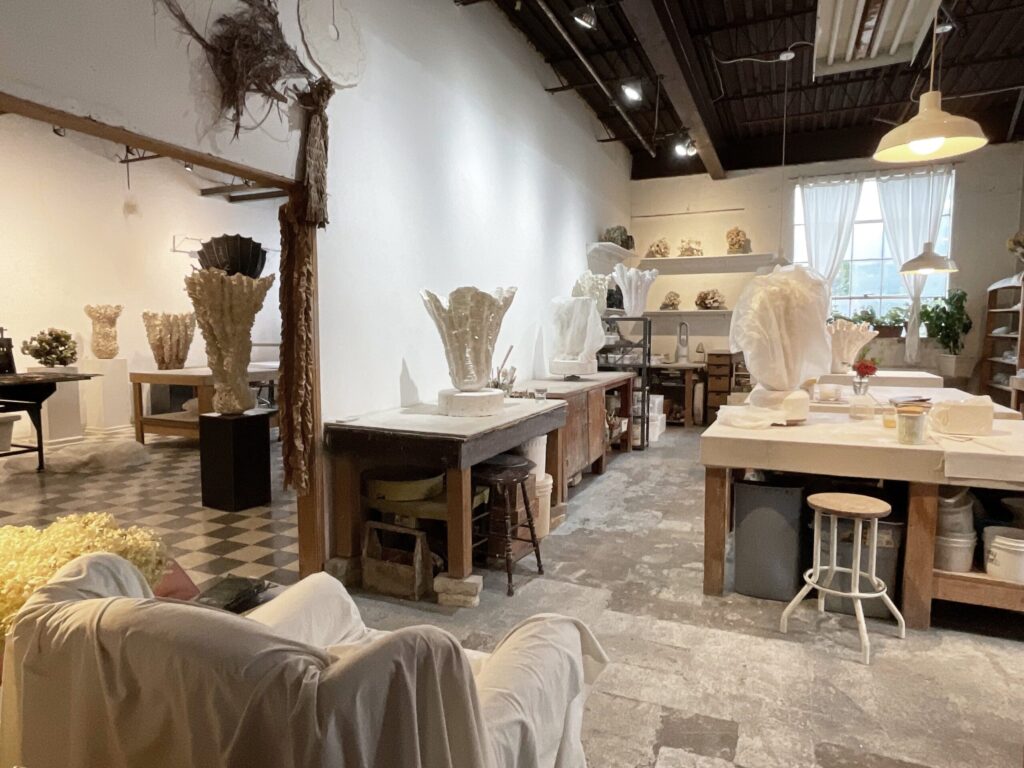
In a downtown Toronto studio, where light streams through high windows and illuminates layers of clay in various stages of completion, Susan Collett can be found working intuitively with wires, porcelain, or earthenware paper clay. Now in

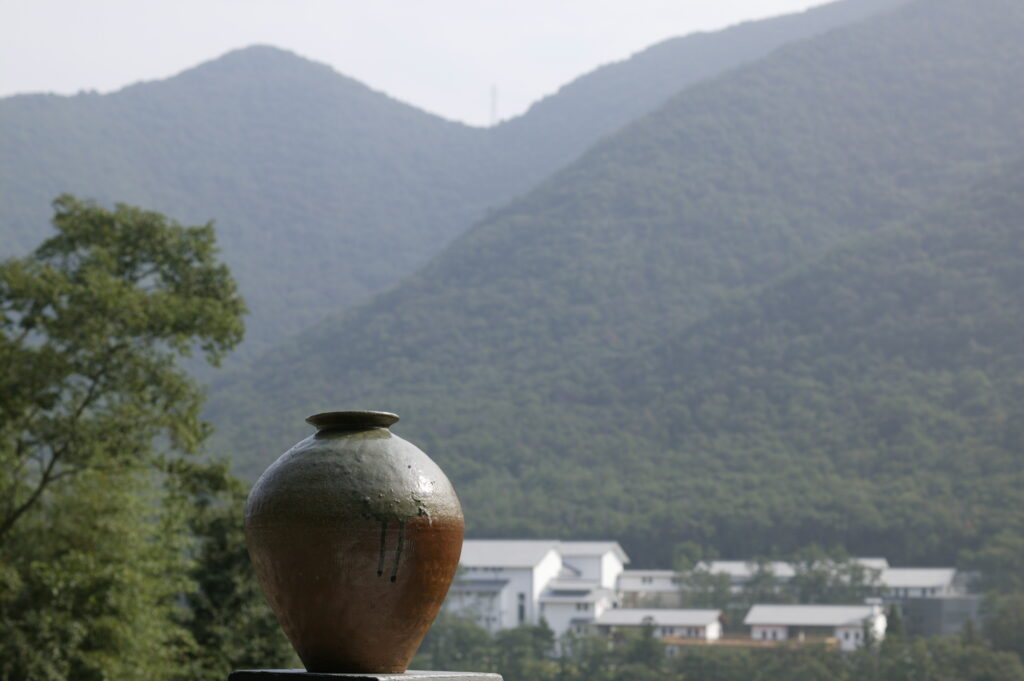
Japan is renowned for its traditional pottery regions, with
Step into the world of Antonella Cimatti, a renowned ceramicist hailing from the historic town of Faenza, Italy. In this exclusive studio visit, we delve into the heart of her creative process, where traditional craftsmanship meets innovative experimentation.
Antonella's artistic …
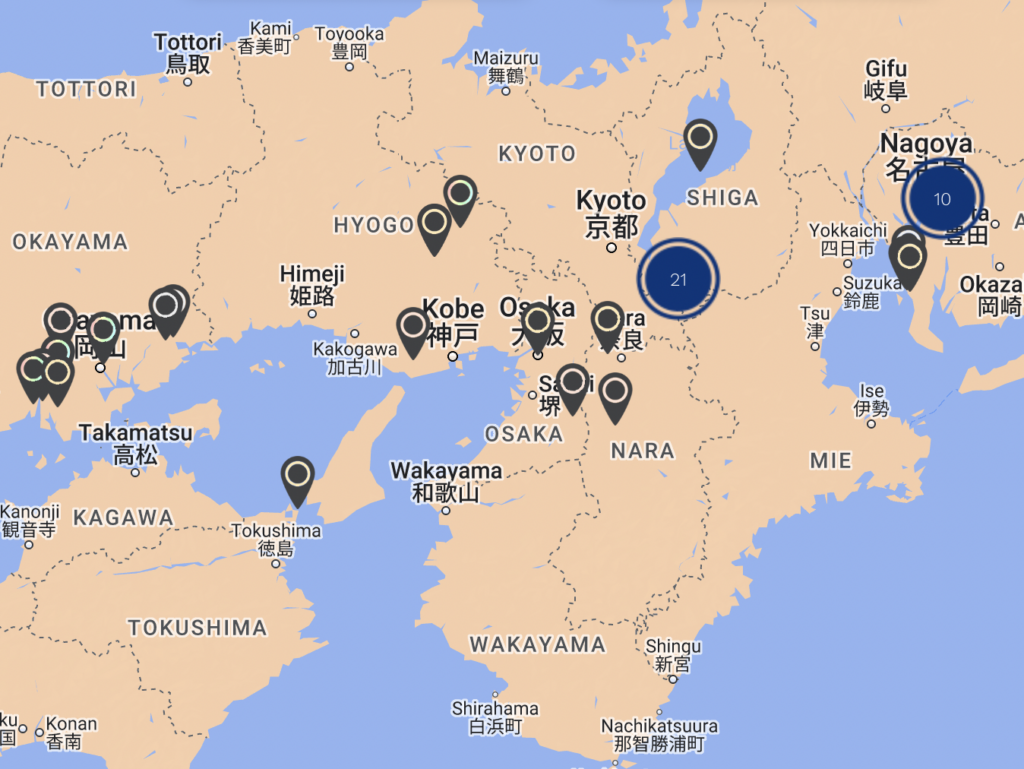
To see all the destinations listed in this guide and other ceramic sites worldwide, check out Ceramic World Destinations (CWD), MoCA/NY's interactive map listing over 4,000 destinations!
While Osaka may be renowned as 'Japan's Kitchen,' the city also holds great …
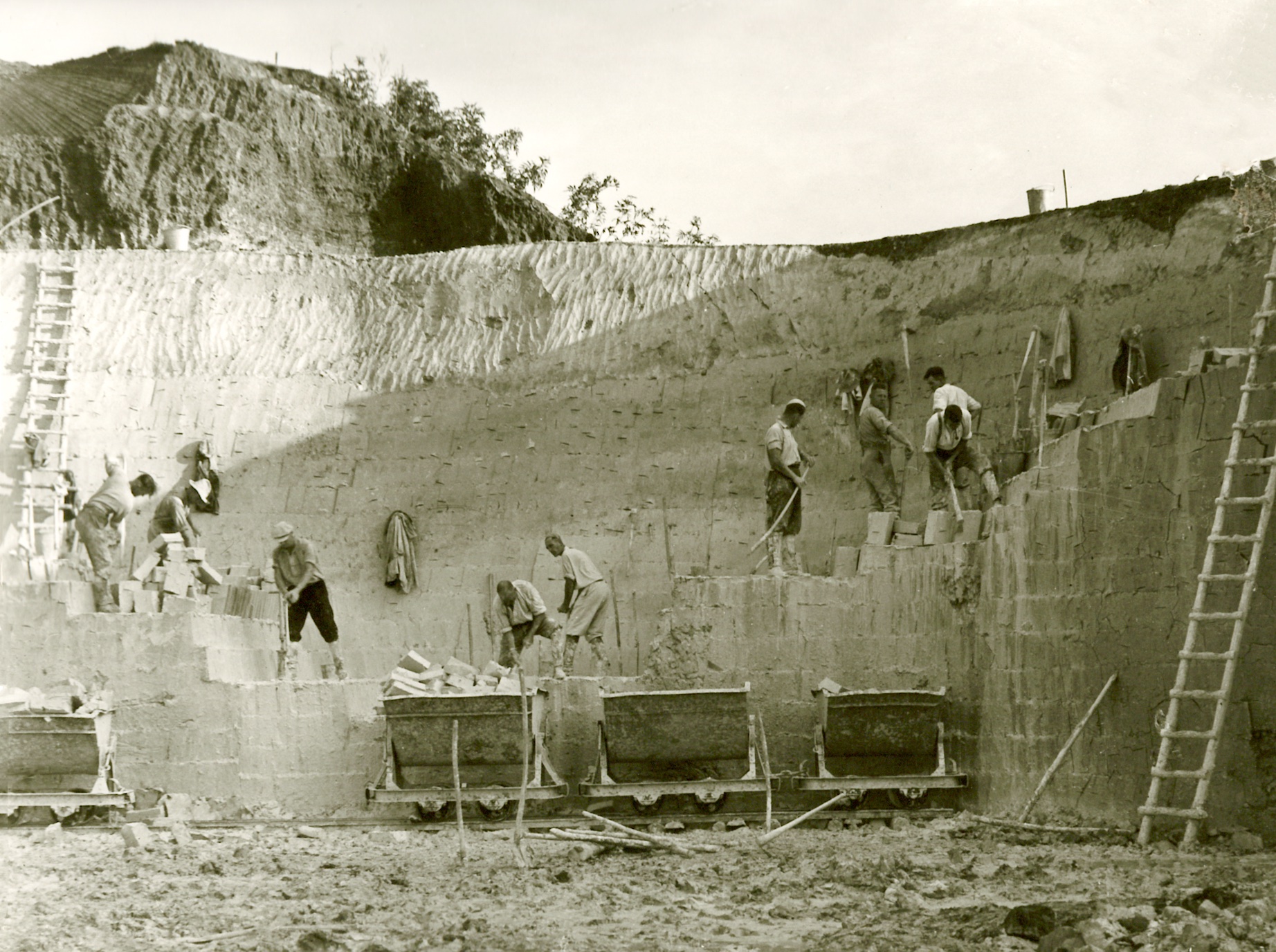
The vast and extensive clay quarries in the Westerwald region represent the largest connected deposits in Europe.